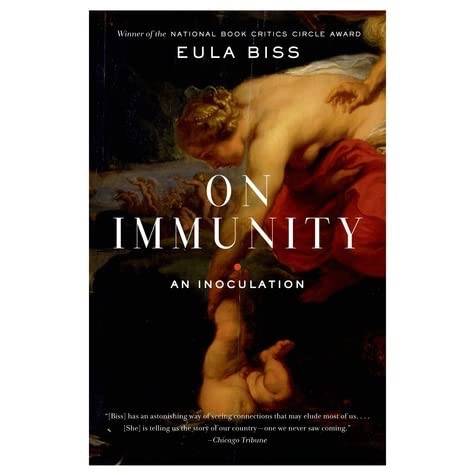
Are public statues more trouble than they’re worth? You might think so from the racially charged political rows over imperial and civil war statues across North America, Britain and parts of Western Europe. The black British journalist Gary Younge has suggested pulling them all down, recalling an unedifying squabble in 2002, when he was åan inaugural member of the Mayor of London’s fourth plinth committee for Trafalgar Square. He thinks Britain’s “statue obsession mistakes adulation for history, history for heritage and heritage for memory.”
Sculptor Anthony Gormley has offered a less sweeping but more mischievous alternative: after years of protests at Oxford University’s Oriel College, undergraduates, teaching staff, the governing body and a specially convened independent commission all voted to take down a controversial Cecil Rhodes figure outside its entrance. But the Westminster government’s new “retain and explain” policy on statues led the college to abandon the plan in May this year, citing the cost of lengthy legal action. Gormley suggested turning Rhodes to face the wall; a shaming gesture, in the spirit of the policy intervention blocking its removal.
While institutions might be cautious about statues, however, ordinary citizens are crowd-funding all over Britain to put them up, especially ones of women. This reveals a much more positive idea of why they still matter.
In Epsom town centre in June, cross-party politicians joined local schoolchildren, business people and members of Emily Wilding Davison’s family for the unveiling of a new bronze statue of the suffragette. She had died after being accidentally trampled under the King’s horse at the Derby in 1915, while trying to tie colours to its reins. The fact that for a century her death – despite being caught on film – had wrongly been portrayed as a “hysterical” suicide made her commemoration all the more moving.
A local councillor told me that he hoped the statue could be a draw for visitors and shoppers, as Epsom, like so many other town centres, tried to revive footfall after the Covid pandemic. Two headgirls from nearby Rosebery School said her statue was a reminder “to stay active in our pursuit of justice and never settle for anything less than genuine change”. They pointed out that only 3 per cent of statues were of named, non-royal women.
Though it is made from bronze, this crowdfunded statue is not on a plinth or pillar, to be worshipped like Rhodes or Nelson. Davison sits on a bench for visitors to sit next to and engage with. Objects are also incorporated into the work – Davison is holding a book and her academic mortarboard is next to her. The artist, Christine Charlesworth, has a track record and a full commission book of statues of women achievers, such as composer Dame Ethel Smyth for Woking town centre and Greta Thunberg for Winchester University.
Meanwhile, Maggie Hambling’s much-mocked tiny naked silver female figure for the Mary Wollstonecraft memorial in north London (see the “Witness” section of the New Humanist’s Summer 2021 issue) suggests the danger of artistic ego getting in the way of the public desire to actually see great women who’ve been invisible for too long.
In June, a crowdfunding campaign was launched for a statue dedicated to the singer and forces’ sweetheart Vera Lynn. Supported by friends, family and politicians, it was launched to mark the anniversary of Lynn’s death last year, at the age of 103. Since then, the plans have expanded to encompass a memorial park, which will sit on the white cliffs of Dover, the subject of Lynn’s most famous song, a hit during the Second World War. The Dame Vera Lynn Memorial Park will include a council-funded amphitheatre for concerts, offering another opportunity to bring people together. Early sketches by the artist Paul Day suggest that the statue will see Lynn surrounded by soldiers and other figures, to emphasise her morale-boosting role in public life.
Though they are very different figures, these statues of Davison and Lynn have the capacity to fill in some gaps in our history. This makes it all the more striking that the new statue to “the people’s princess” Diana is such a misfire. It’s got a realism which those of us who aren’t art critics tend to like. But as a recent visitor recounted, everything about its setting – inside an expensive ticketed visit to Kensington Palace – feels wrong. While statues may be divisive at times, they are also bringing us together as never before, but only when we believe there is a good reason for them being there.
This article is from the New Humanist autumn 2021 edition. Subscribe today.

